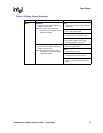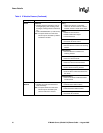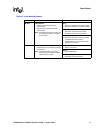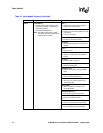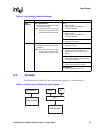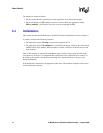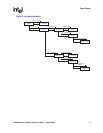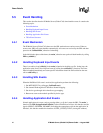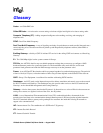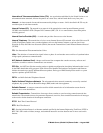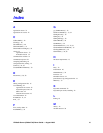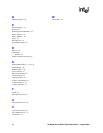
IP Media Server (Global Call) Demo Guide — August 2005 47
T1: A digital transmission link with a capacity of 1.544 Mbps used in North America. Typically channeled into 24
digital subscriber level zeros (DS0s), each capable of carrying a single voice conversation or data stream. T1 uses
two pairs of twisted pair wires.
TCP: see Transmission Control Protocol
Terminal: An H.323 Terminal is an endpoint on the local area network which provides for real-time, two-way
communications with another H.323 terminal, Gateway, or Multipoint Control Unit. This communication consists
of control, indications, audio, moving color video pictures, and/or data between the two terminals. A terminal may
provide speech only, speech and data, speech and video, or speech, data, and video.
Transmission Control Protocol: The TCP/IP standard transport level protocol that provides the reliable, full
duplex, stream service on which many application protocols depend. TCP allows a process on one machine to send
a stream of data to a process on another. It is connection-oriented in the sense that before transmitting data,
participants must establish a connection.
UDP: see User Datagram Protocol
UDPTL: Facsimile UDP Transport Layer protocol
User Datagram Protocol: The TCP/IP standard protocol that allows an application program on one machine to
send a datagram to an application program on another machine. Conceptually, the important difference between
UDP datagrams and IP datagrams is that UDP includes a protocol port number, allowing the sender to distinguish
among multiple destinations on the remote machine.
VAD: Voice Activity Detection



